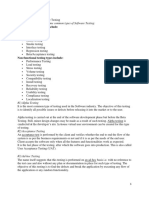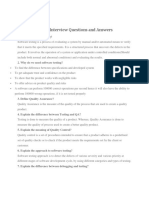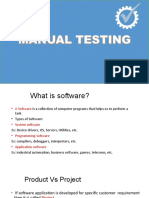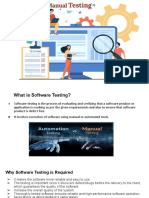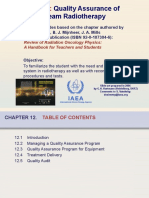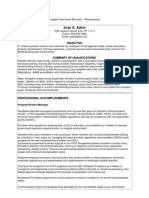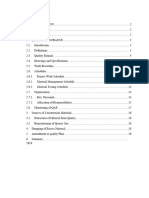0% found this document useful (0 votes)
9 views7 pagesMarathon Notes
The document provides a comprehensive overview of software testing, including definitions of testing, bugs, and testers, as well as the importance of testing in ensuring software quality. It outlines various testing types such as manual and automation testing, along with specific methodologies like regression, smoke, and user acceptance testing. Additionally, it discusses concepts like the Software Development Life Cycle (SDLC) and the Bug Life Cycle, emphasizing the structured approach to software development and testing.
Uploaded by
Kamna prakashCopyright
© © All Rights Reserved
We take content rights seriously. If you suspect this is your content, claim it here.
Available Formats
Download as PDF, TXT or read online on Scribd
0% found this document useful (0 votes)
9 views7 pagesMarathon Notes
The document provides a comprehensive overview of software testing, including definitions of testing, bugs, and testers, as well as the importance of testing in ensuring software quality. It outlines various testing types such as manual and automation testing, along with specific methodologies like regression, smoke, and user acceptance testing. Additionally, it discusses concepts like the Software Development Life Cycle (SDLC) and the Bug Life Cycle, emphasizing the structured approach to software development and testing.
Uploaded by
Kamna prakashCopyright
© © All Rights Reserved
We take content rights seriously. If you suspect this is your content, claim it here.
Available Formats
Download as PDF, TXT or read online on Scribd
/ 7

